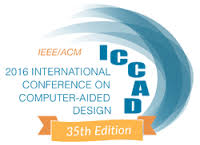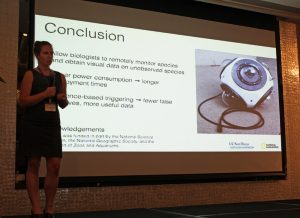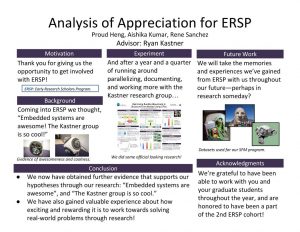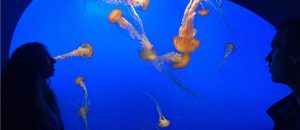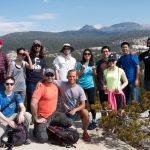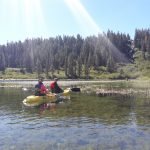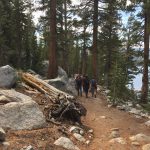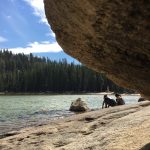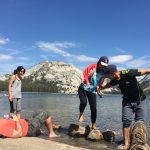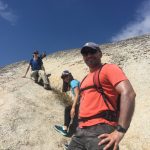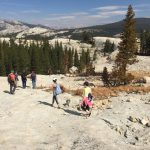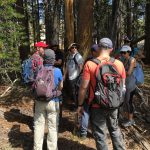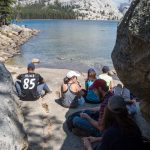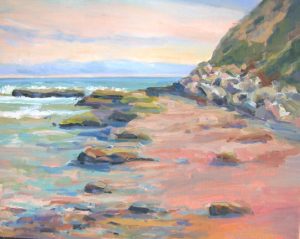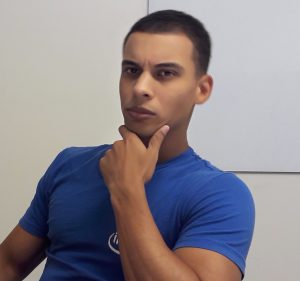 FPGAs are notoriously hard to use largely due to the lack of programming infrastructure. Recent synthesis tools that compile OpenCL code directly to an FPGA platform are attempting to reduce this programming burden. As part of our research in this domain, we developed the Spector benchmarks. These provide a number of different applications with tunable “knobs” that can be used to change the resource usage and performance. Furthermore, we have fully compiled each of these benchmarks with different knob setting and reported the results. The benchmarks are available in a repo under an open-source license. See our FPT paper for more information. And congrats to the authors Quentin, Alric, Pingfan, and Ryan.
FPGAs are notoriously hard to use largely due to the lack of programming infrastructure. Recent synthesis tools that compile OpenCL code directly to an FPGA platform are attempting to reduce this programming burden. As part of our research in this domain, we developed the Spector benchmarks. These provide a number of different applications with tunable “knobs” that can be used to change the resource usage and performance. Furthermore, we have fully compiled each of these benchmarks with different knob setting and reported the results. The benchmarks are available in a repo under an open-source license. See our FPT paper for more information. And congrats to the authors Quentin, Alric, Pingfan, and Ryan.
Links: Spector paper, Spector repo
